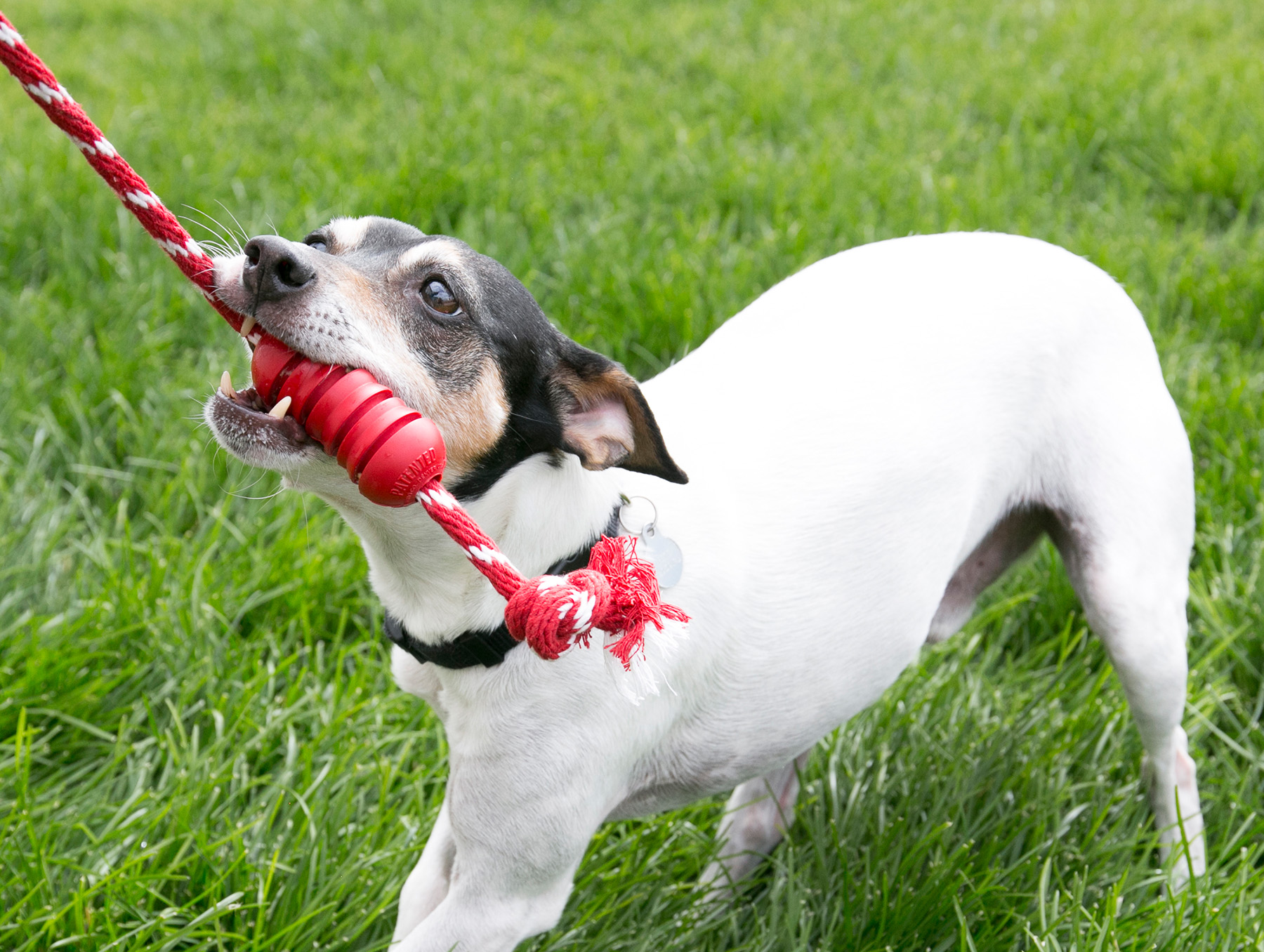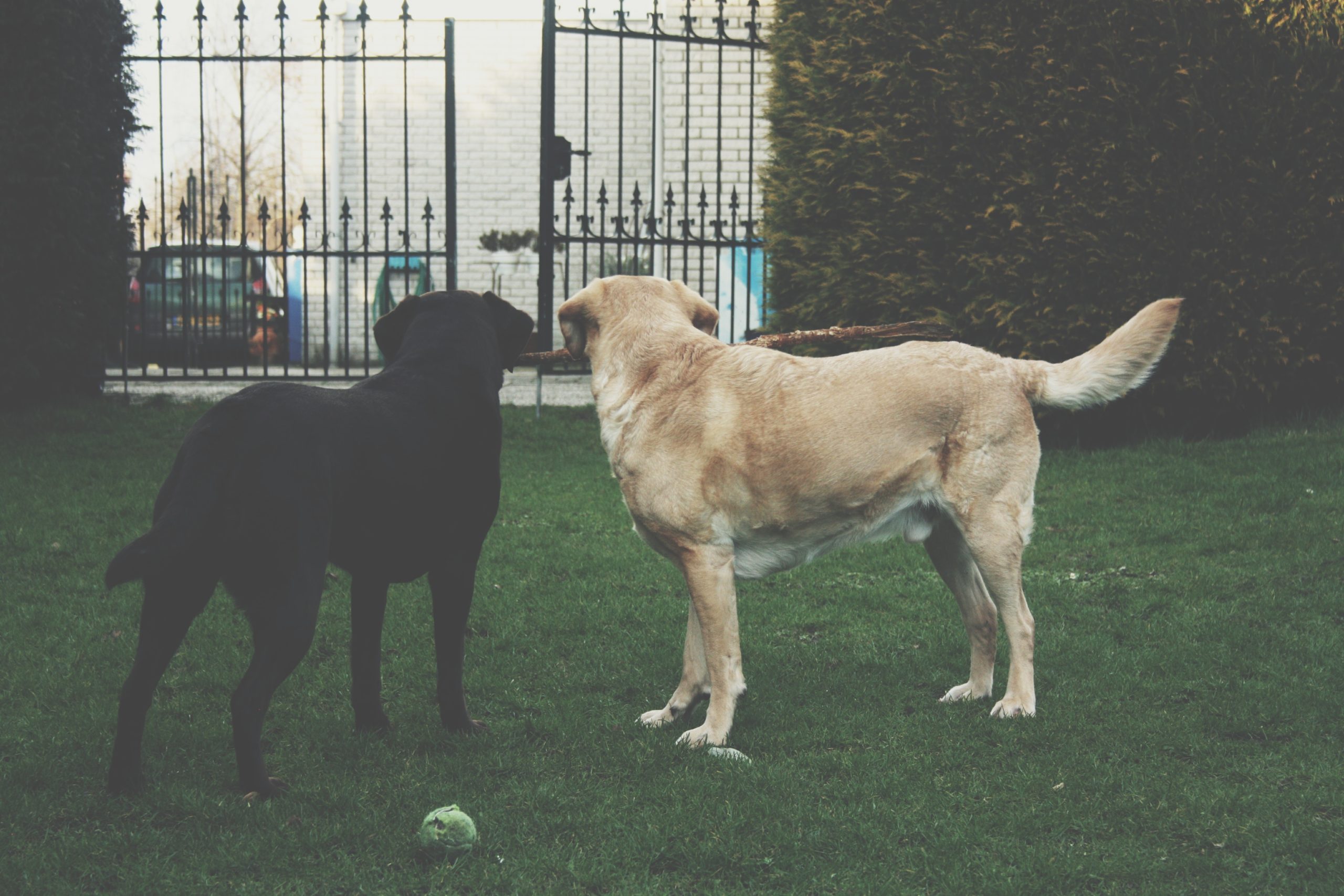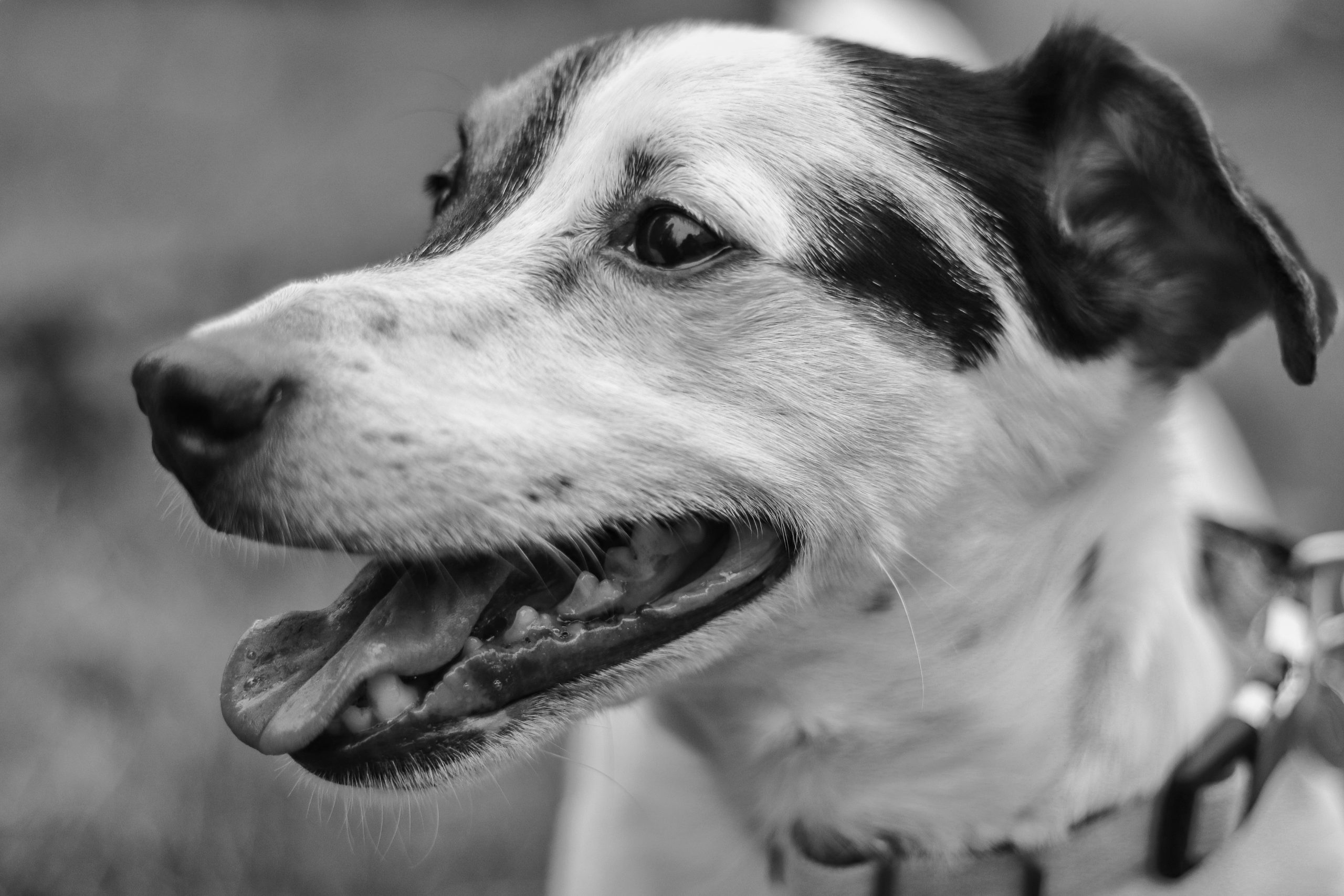Most blind dogs can live happy, good quality lives after a period of adjustment. This is because they rely on their other senses of smell and hearing to negotiate their familiar surroundings.
How do I help my dog adjust to blindness?
Avoid changing the dog’s environment, such as moving furniture, or leaving obstacles out. Provide them with toys that use their other senses, for example, a KONG filled with Vegemite or peanut butter, or a noisy toy that they can retrieve. Spray the furniture legs and door frames with room deodoriser, aromatherapy oil or perfume so your dog can more easily locate them. Carpet runners in rooms with floorboards will give your dog safe passage through the area.
Keep the water and food bowls in the same place, and also have your dog’s bed in the same area. Then if your dog becomes disoriented, you can take them to the feeding area or his bed and they can reorient himself from there. Some people keep radios on at low levels in specific locations to help their dog to orient themselves.
Ensure your dog cannot access danger areas such as swimming pools, or balconies that they can fall from. Dogs often take a while to adjust to stairs, so bar them from the top of the stairs until they are more confident.
What if my dog is showing signs of aggression?
Fear aggression is not unusual in dogs that suddenly become blind. They are wary of sudden movements or noises, and can snap if taken by surprise. This usually occurs during the period of adjustment and this can last up to six months. Everyone in the dog’s environment should avoid scaring or stressing the dog. A dog needs to be alerted to a person’s presence by softly calling the dog’s name before touching them. However, depending on the individual dog, some never adjust to blindness and may require euthanasia if aggression persists.
How do I exercise my blind dog?
Most blind dogs still enjoy going for walks, especially if they feel secure on a lead or harness, and you keep to a familiar route. Obedient dogs that respond quickly to instructions to stop or come are less likely to get into trouble. Take the time to reinforce the basic commands, as your dog will be more confident in you.




